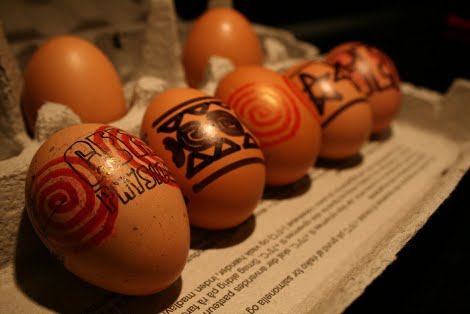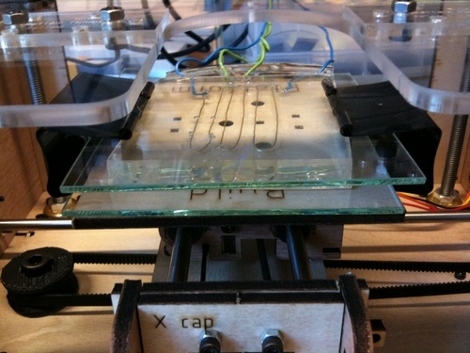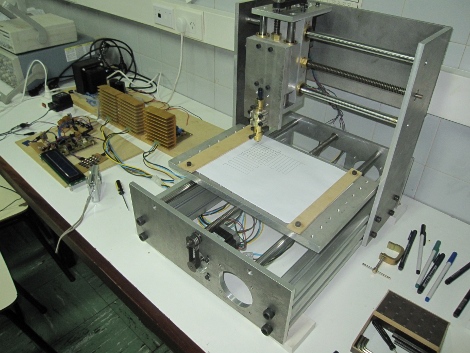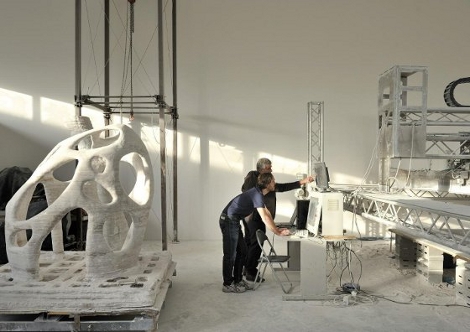[vimeo=http://vimeo.com/10479779]
Get a quick fix of CNC for the day with this plotter. [Francisco Dulanto] grabbed the cartridge carriage from an old inkjet printer and turned it into a gantry by mounting it on two drawer sliders. The optical head assembly from a cd-rom provides the Z-axis movement with the whole thing controlled by three RepRap boards. [Francisco] called his project a joke compared to the Turing Machine, but we like it and we’re glad he tipped us off. There’s something zen-like about the projects that are thrown together with what you have available. After all, he’s certainly achieve a clean-looking build that does what it’s intended to do.
















